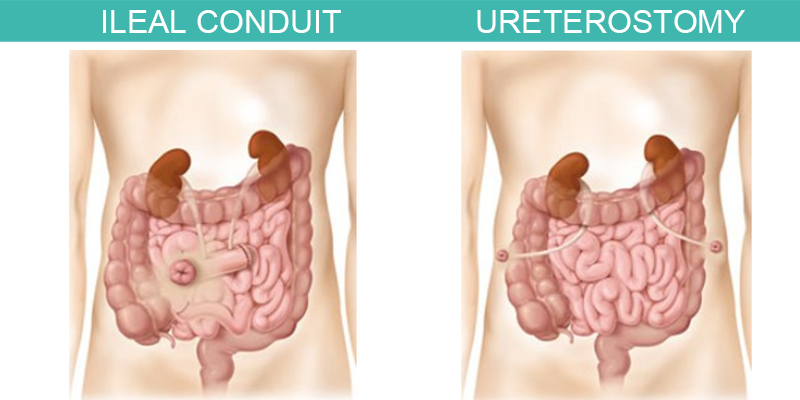Colostomy Surgery
A colostomy is created out of the end of the large intestine to divert waste from your digestive system. After you have this surgery, you will pass waste through a stoma that is located on your abdomen.
The location of your colostomy is determined by the location of the damaged portion of your colon or to divert stool from a wound in the perianal area. The pictures below demonstrate the different areas in which a colostomy can be placed. Depending on placement and reason for the ostomy, these can be permanent or temporary.

*Ascending Colostomy:
In the ascending (vertical section, on your right) colon,Uncommon type of colostomy,Stool is liquid to semi-liquid and very irritating to the skin;
*Transverse Colostomy:
In the transverse (horizontal section, across the abdomen) colon,Stool is liquid to semi-formed,Usually constructed as a loop,Usually temporary;
*Descending Colostomy:
In the descending (vertical section, on your left) colon,A more common type of colostomy,Stool is semi-formed to formed due to more water being absorbed while in the ascending and transverse colons;
*Sigmoid Colostomy:
In the lower left portion of the large intestine on your left, just before the rectum,Stool is formed. All water has been absorbed in the previous areas of the intestines;
Urostomy Surgery
A urostomy is a type of surgery which enables urine to exit the body through a stoma after removal of a diseased or damaged portion of your urinary tract.
With a urostomy, urine flows through your stoma as it is produced, so a pouching system is necessary. All urostomy pouches have a drainage tap on the bottom, allowing you to empty the contents of the pouch repeatedly throughout the day.

Ileal Conduit:
An ileal conduit is a common type of urostomy. If you need an ileal conduit, your bladder must be removed due to disease or injury.
In this surgery, a part of the small intestine is cut and clamped shut at one end. This creates a new urine container or "bladder." The two ureters (tubes) that carry urine from the kidneys are attached to this new bladder and the open end of the new bladder is then brought out through your abdominal wall, to create a stoma.
Ureterostomy:
In an ureterostomy, one or both ureters (urine tubes) are redirected from the kidney through the abdominal wall to form a stoma.
This is a very rare procedure. This type of surgery is most often seen as a temporary measure in some pediatric patients, and is rarely meant to be permanent
An ileostomy is created out of the ileum (small intestine)1 and requires some particular but simple attention to keep you comfortable and healthy.
Ileostomy surgery:
Because the ileum contains digestive enzymes and acids that may cause skin irritation, extra care is needed with an ileostomy to keep waste materials from coming into contact with the skin on your abdomen.
Drink plenty of water and fluids—at least six to eight cups (48 to 64 ounces) per day. Having an ileostomy may make you more prone to dehydration, which could lead to the loss of important minerals your body needs.














